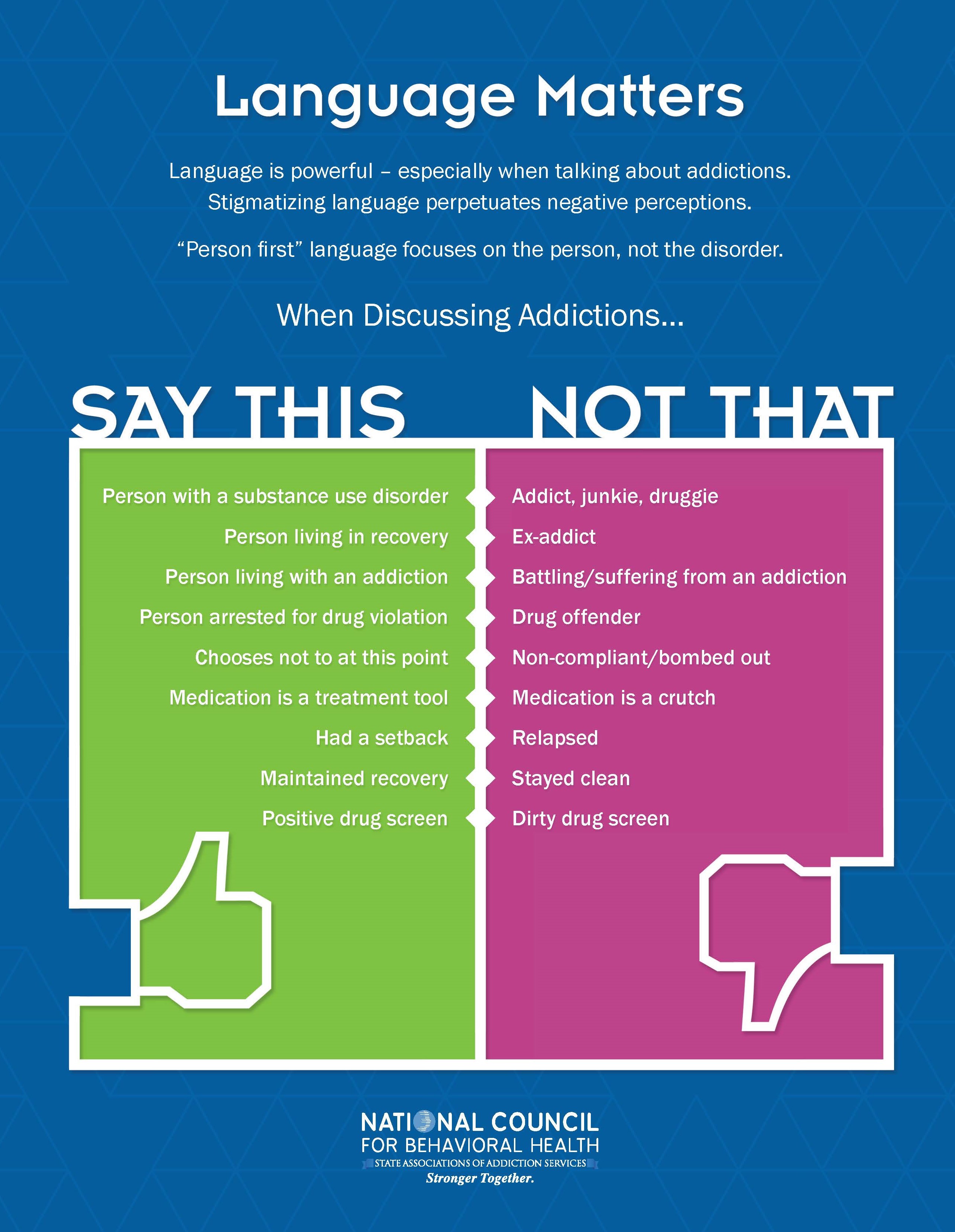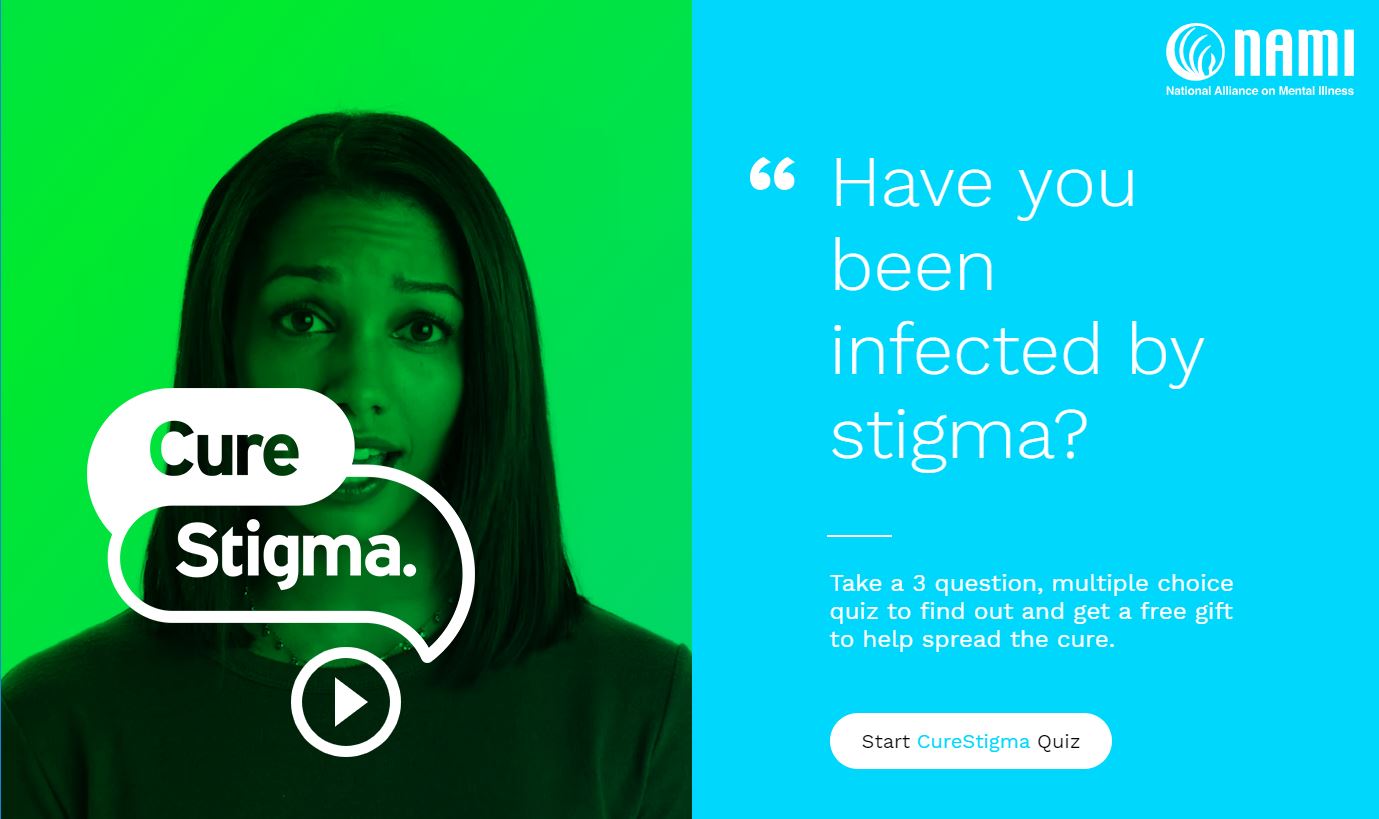By Mariah Senecal-Reilly
In October both National Substance Abuse Prevention Month and Mental Illness Awareness Week are observed. During this time families, communities, and organizations come together to raise awareness about the importance of substance abuse prevention and to celebrate people living in recovery. According to SAMHSA, around 43.6 million (18.1%) Americans ages 18 and older and have experienced some form of mental illness. In the past year, there were 20.2 million adults (8.4%) with a substance use disorder. Of these, there were 7.9 million people with both a mental disorder and substance use disorder, which is known as having co-occurring disorders. Experiencing a substance use disorder or mental health condition is very challenging, but the isolation, blame, and secrecy created by stigma can make things much worse by creating barriers to reaching out, getting needed support and living well.
Why is this Important?
To understand why this is important, consider what stigma is and how it affects those who live with a mental health condition or substance use disorder. Stigma is defined as when someone views a person in a negative way just because of a particular circumstance, or quality that they possess. Some people describe stigma as a feeling of shame or judgment from someone else but stigma can also come from an internal place when a person confuses feeling bad with being bad.
What is it like to experience stigma?
Individuals Feeling “Apart From” Society
Having a substance use disorder or mental health condition often goes along with never feeling comfortable with who you are. This could mean that a person feels that there is something that makes them feel less than, different or set-apart from “normal” people. Or perhaps they feel disappointed at things they have not accomplished. As a result, the ordinary facets of life that are happy and satisfying to most people do not feel that way to someone with a mental health condition or a substance use disorder.
Individuals are Less Likely to Seek Out Treatment
People who experience stigma regarding their substance use disorder or mental health condition are less likely to seek treatment due to the fear of being associated with something that is viewed negatively by society. This can result in economic, social, and medical costs.
Communities are Less Likely to Support Harm Reduction Strategies
Harm reduction refers to public health interventions such as needle exchanges; substitution therapies; safe drug consumption areas that are designed to decrease the risk associated with drug use (e.g., infected needles); and peer-led treatment options. Due to widespread stigma about people with mental health conditions or substance abuse disorders these interventions are not usually supported by the public and believed by some encourage drug use or normalize behavior they see as unusual.
Individuals Can Experience Low Self Esteem and Poor Mental Health
When a person experiences stigma it can cause serious harm to their social lives. The chronic stress of discrimination may affect the mental and social health of individuals who use drug or people with mental health conditions. They may lose touch with their community and family and experience loneliness and isolation. When a person does not have social ties or a person to talk to, they are less likely to reach out for healthcare or treatment
What Can be Done to Reduce Stigma?
Reducing stigma associated with having a substance use disorder or mental health condition increases the likelihood that people with these conditions will seek treatment and other recovery supports. There are many ways to reduce stigma, here are a few:
Inclusive Language Choices
Person first language (for example, reference to “a person with substance use disorder or a person with a mental health condition”) suggests that the person has a problem that can be addressed. By contrast, calling someone a “drug abuser or mental patient” implies that the person is the problem.

Increase Community Education About Stigmatized Conditions
Conducting educational campaigns and other educational anti-stigma interventions present factual information about the stigmatized condition with the goal of correcting misinformation or contradicting negative attitudes and beliefs. They counter inaccurate stereotypes or myths by replacing them with factual information. This also involves doing the same on a face to face basis when someone is spreading inaccurate information.
Increase Contact with People with Stigmatized Conditions
Across mental health conditions and substance use disorders, people without these conditions often have very little meaningful contact with those who have these conditions. Lack of contact fosters discomfort, distrust, and fear. Learn about and engage in contact with people who have lived experience with mental health conditions and/or substance use disorder.
To find out if you are infected with stigma go to curestigma.org/ to take a quiz.

